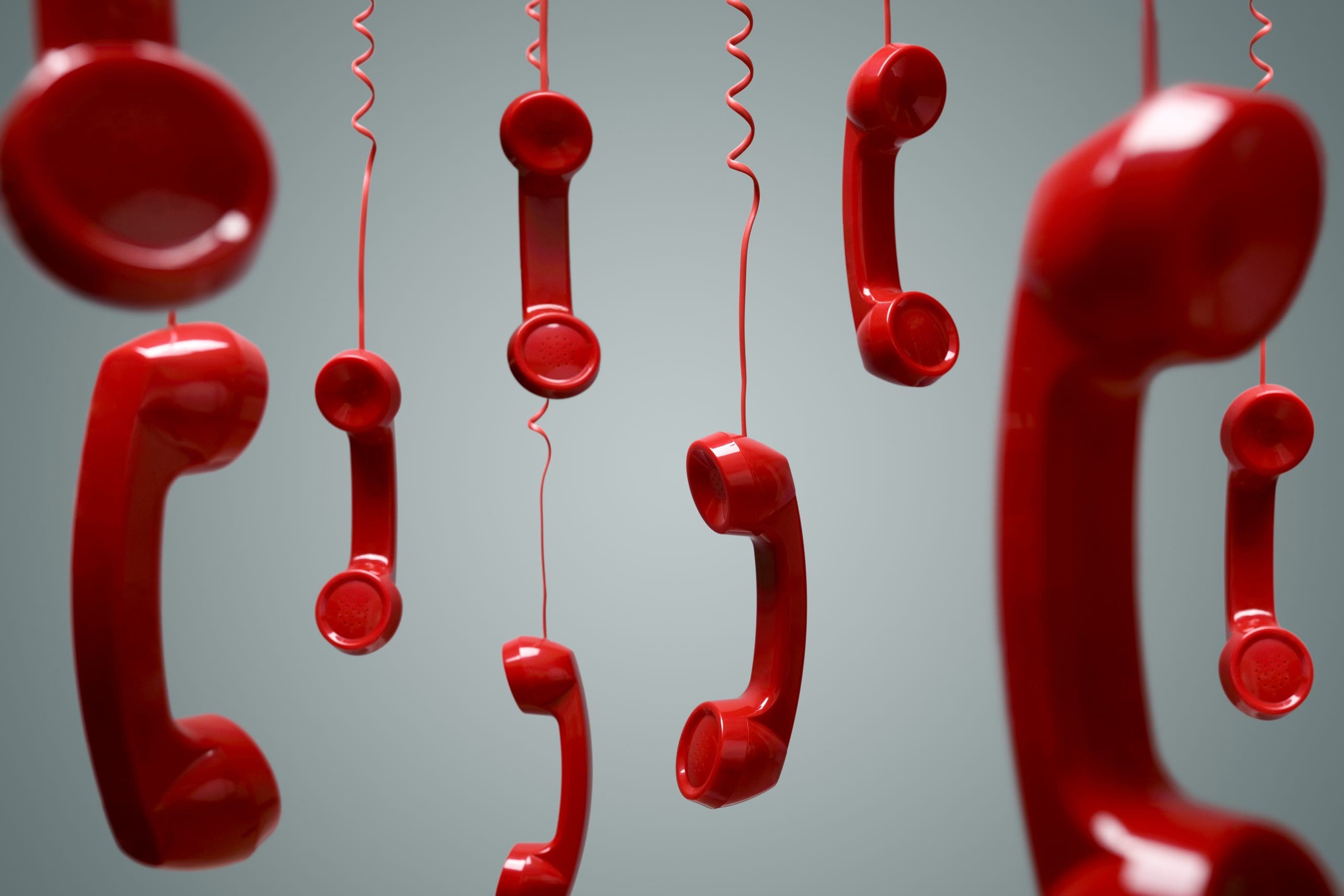
The demand for landscape services has been growing consistently, and even in a normal season, you may struggle to make sure you return all the new and current customer calls. Having a solid phone strategy in place can help your business succeed long term.
While business is booming right now, that doesn’t mean you should neglect potential leads entirely. Also, it’s hard to know if every missed call is a new customer calling or a loyal client who needs to get in touch with your office.
Not answering can leave a bad impression on both parties. Consumers have too many options to leave a voicemail or wait for a call back from you. Current clients can be frustrated by the slow response time and in some cases, it could truly be an emergency, like a busted irrigation pipe.
Ditch Voicemail
In today’s instantaneous society, customers want quick responses and many hang up without leaving a voicemail if they just reach your answering machine. Clients are also looking to speak to a real person.
When you have someone available to answer calls, they can ensure the caller’s name, contact information and reason for calling is collected. All or parts of this information can be left out in a voicemail, making them harder to resolve. Even if a client does provide all this information in the voicemail, you might get caught in a circle of phone tag.
While ideally, a client or potential lead will try to reach your company through other channels such as email, social media or live chat, you can’t count on that. You need to select a method that ensures someone is going to pick up when people call the phone number you have branded on your trucks and website.
The most basic option is to hire a receptionist. Depending on the size of your company and your resources, this could just even be a part-time position to pitch in during peak hours. If you’re quite larger, it might be time to hire several more people who can answer your phones. Regardless of who you hire to answer the phones, take the time to train them so they can competently answer general questions about your company and services.
One way to make sure your current clients’ calls aren’t being lost during phone transfers is to consider assigning a dedicated point of contact to them when the contract is signed. Encourage the customer to use the point of contact’s number instead of the front desk, so they can get their questions answered more quickly.
Having one person who is deeply familiar with the client’s property allows them to have the right answers more readily available. This employee also knows when there’s an opportunity to upsell.
If you want the phones answered without adding the overhead costs of another in-house employee, there are a number of 24/7 virtual receptionist services. These services offer different call forwarding options that allow you to decide when you want the virtual receptionist to handle calls, like after a certain number of rings or after a certain time of day. You can also set new and existing client protocols.
Log Calls
No matter what method you choose to make sure the calls are answered, make sure you are logging your calls. Track the names, date and time, contact information, lead source, action and outcome. With this data you’ll be able to spot trends, common questions, service problems and where your leads are coming from.
With the frequently asked questions, create a living document that has the answers, and who the call might need to be transferred to for further information. This allows your receptionist to avoid having to place callers on hold.
If trends are occurring with service problems, you might need to evaluate the root cause. It could mean your staff needs additional training on a task or there is an environmental factor causing widespread issues.
Review where your leads are coming from and if the source changes throughout the seasons. If you have an influx of callers a few weeks after sending out your direct mailer on fall fertilization services, you have a much better sense of what marketing is working for the business.
Also take the time to check out the tracked outcomes of the calls. How many of the leads who called converted into customers? How many current client issues were happily resolved versus having their contract terminated?
All of this data can be slipping through the cracks and can be missed opportunities for improvement.

